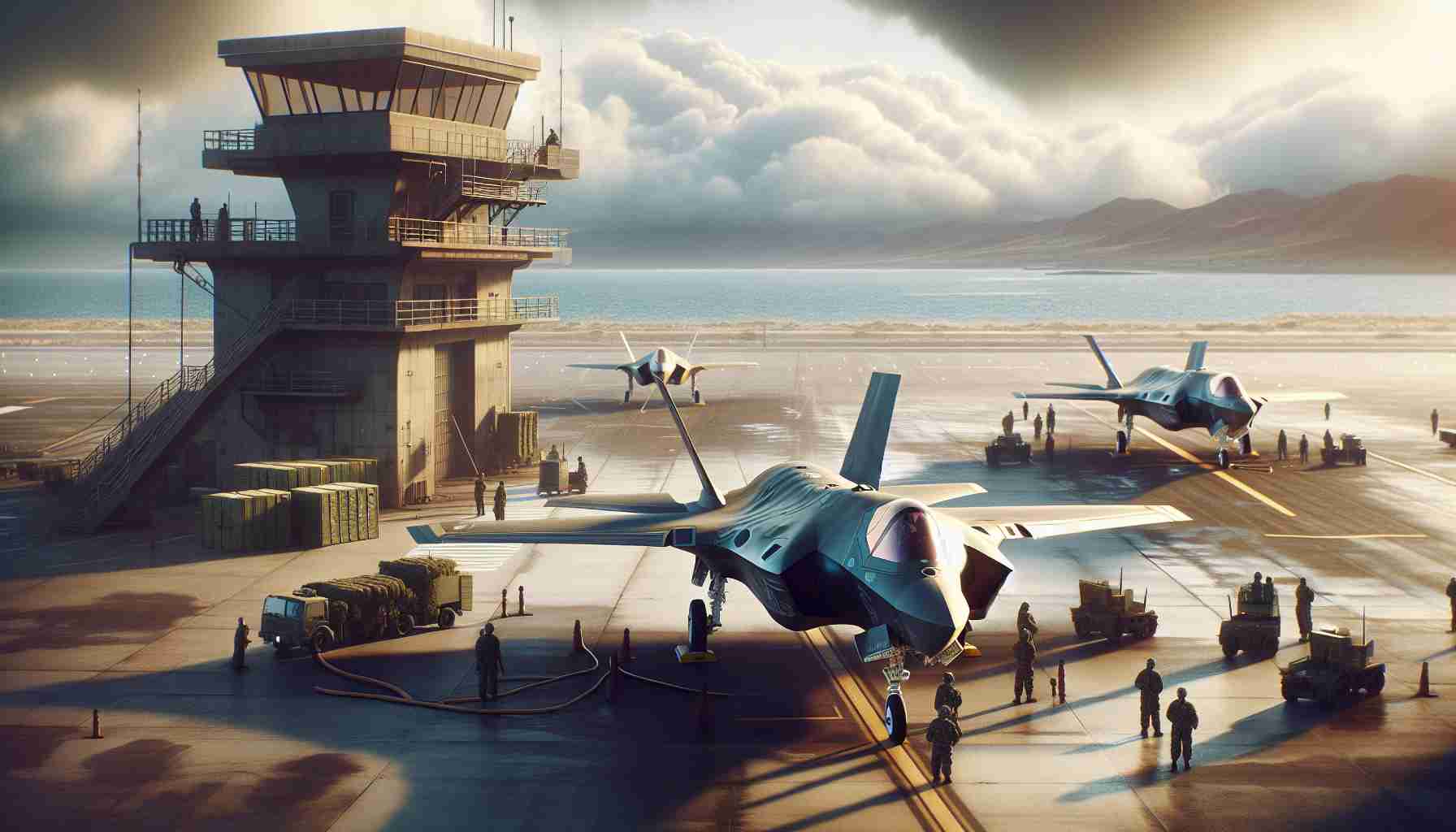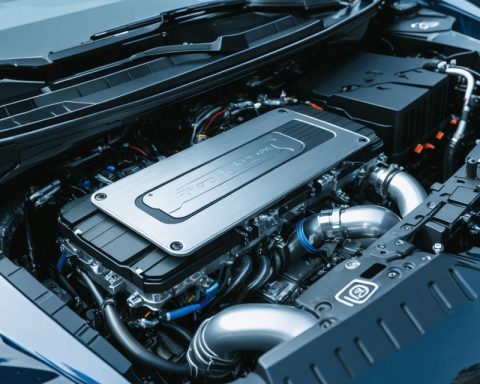The US Air Force is accelerating its Pacific strategy by planning to station 48 state-of-the-art Lockheed Martin F-35A Lightning II jets at Misawa Air Base in Japan, a strategic move set for 2026. This marks a significant upgrade in military presence, replacing the current fleet of 36 F-16 fighters.
Misawa Air Base, the northernmost US military installation on Honshu Island, Japan, is known for its crucial strategic location. Positioned only 819 kilometers (510 miles) from Russia’s Vladivostok, it has historically served as a pivotal site during Cold War tensions, offering reconnaissance over Soviet territories. Misawa’s proximity makes it the closest US base to Russian soil in the Indo-Pacific, except for those in Alaska.
With escalating geopolitical tensions involving China, North Korea, and Russia, Misawa holds increasing importance. The Pentagon’s decision underscores the base’s role in fortifying American defense capabilities and stabilizing the Pacific region. As part of the preparations, foundational upgrades, including the enhancement of aircraft hangars, are underway to accommodate the cutting-edge F-35As.
Beyond fighter jets, Misawa supports a myriad of operations with intelligence, surveillance, and reconnaissance capacities. This ensures its enduring role as a keystone military base for both conventional and high-stakes missions.
The impending arrival of F-35s at Misawa exemplifies the US commitment to maintaining peace and readiness in a critical geopolitical locale. The advanced capabilities of these stealth fighters will significantly influence the US’s ability to conduct air dominance and precision missions, ensuring regional security and strategic deterrence.
A New Era for US Air Force at Misawa: What the Arrival of F-35A Jets Means
The strategic decision by the US Air Force to station 48 Lockheed Martin F-35A Lightning II jets at Misawa Air Base in Japan signifies a pivotal evolution in military presence and capabilities in the Pacific region. This deployment, set for 2026, replaces the existing fleet of 36 F-16 fighters and highlights the growing importance of advanced air power in addressing current geopolitical tensions.
Why the Upgrade to F-35A is Essential
The F-35A Lightning II jets are at the forefront of military aviation technology. They offer a myriad of advanced features:
– Stealth Capabilities: The F-35A is designed to be undetectable by enemy radar, providing a strategic advantage in maintaining air superiority.
– Advanced Sensors and Networking: These jets can share and process data with other systems, enhancing situational awareness and decision-making.
– Versatility: Equipped for air-to-air combat, air-to-ground strikes, and intelligence missions, the F-35A is versatile in various combat scenarios.
Enhancing Misawa’s Strategic Role
Positioned 819 kilometers from Russia’s Vladivostok, Misawa Air Base is a strategic cornerstone in the Indo-Pacific region, particularly amidst rising tensions involving China, North Korea, and Russia. The arrival of the F-35A fighters underscores Misawa’s pivotal role in reinforcing American defense capabilities and is supported by foundational upgrades like improved aircraft hangars to accommodate these state-of-the-art jets.
What the F-35A Brings to Regional Security
The F-35A’s introduction at Misawa solidifies the US commitment to peace and stability in the Pacific. The jets’ capabilities allow for air dominance and precision missions that are crucial for:
– Strategic Deterrence: Their presence acts as a powerful deterrent against potential aggressors.
– Military Readiness: The F-35A enhances the ability to respond swiftly and effectively to regional threats.
– Operational Excellence: The jets improve the overall tactical performance of the US Air Force in the region.
Insights on the Future of Military avionics
The addition of the F-35A at Misawa is not only about bolstering defense but also about embracing innovations in military aviation, paving the way for future developments in technology and strategy.
A Broader Vision for the Indo-Pacific
Beyond the technical capabilities, this move reflects a broader vision by the US Air Force and the Pentagon to ensure a sustainable and enduring military presence in the Indo-Pacific region. This strategic foresight is crucial for long-term regional stability and demonstrates the US’s proactive measures in adapting to the global military landscape.
For more insights into military developments and defense strategies, visit the Department of Defense.







